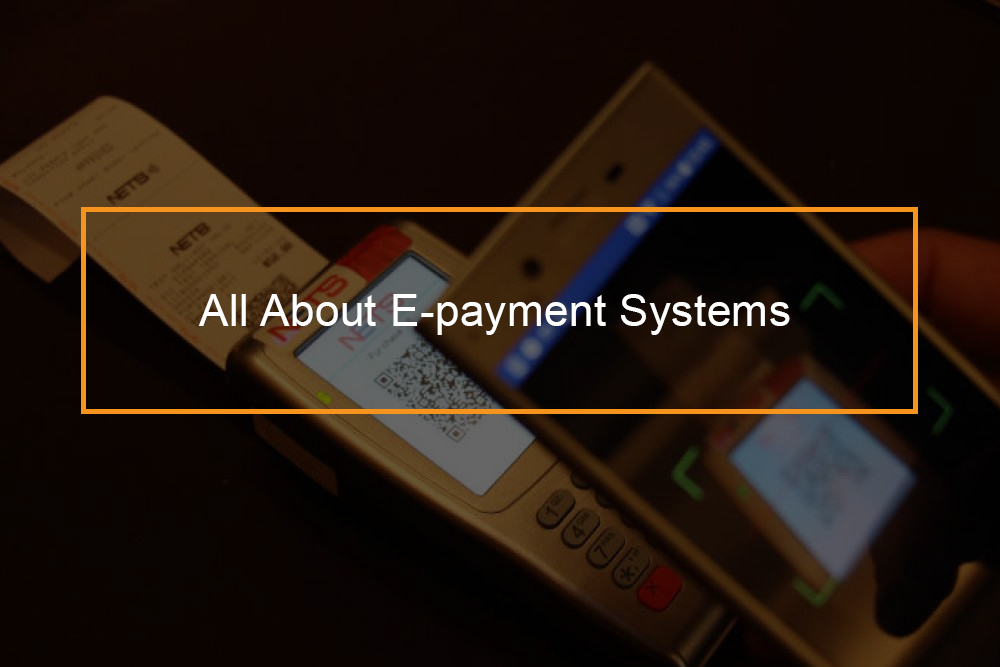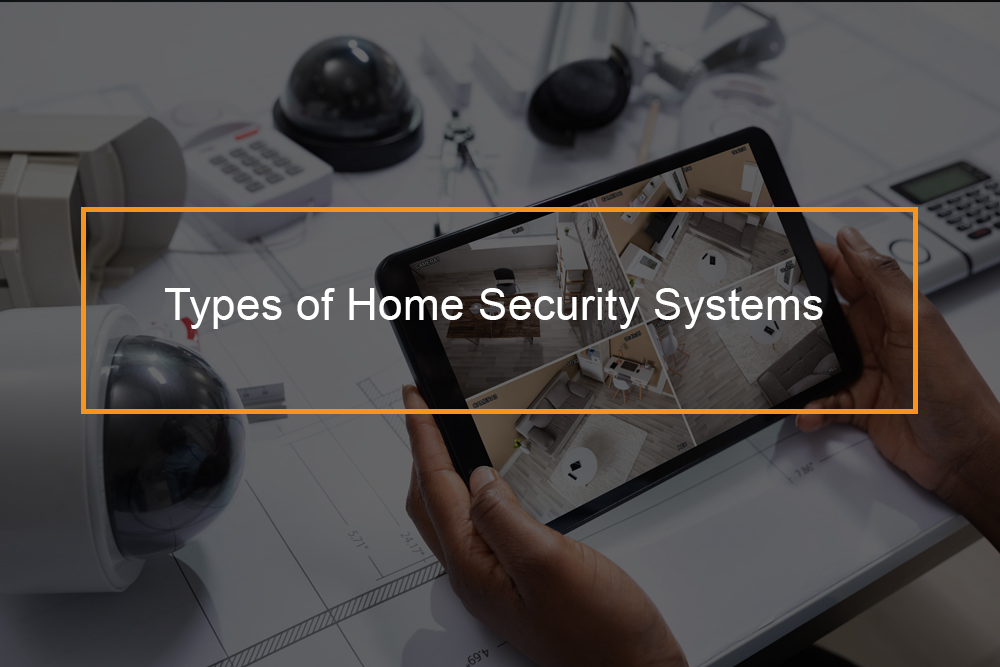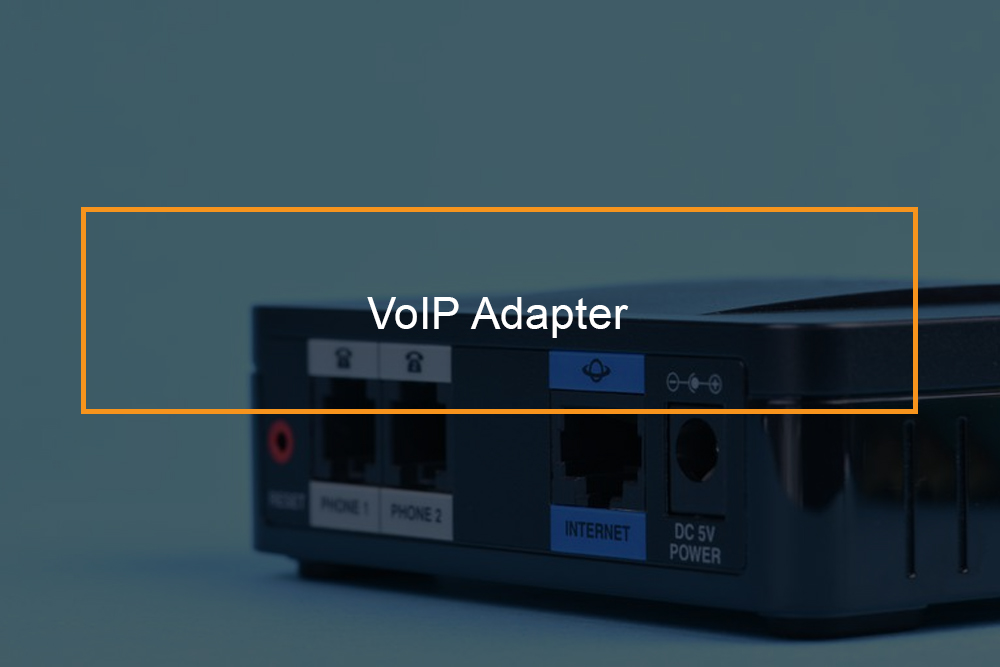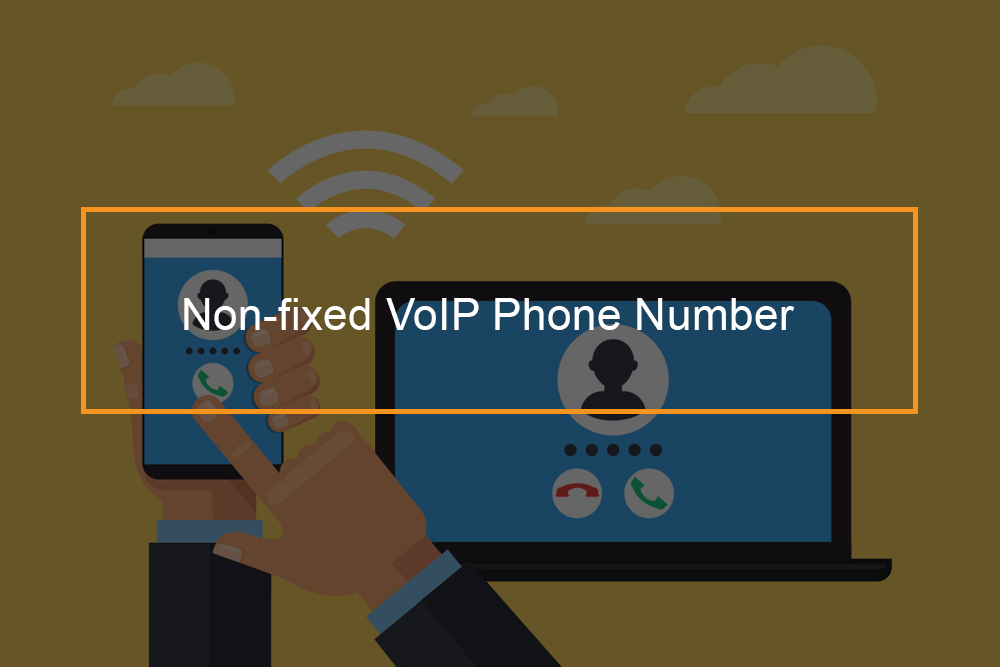
We are witnessing revolution of payment methods from traditional payment solutions to internet-based solutions-e payment. This article will describe the the e payment systems as well the main trends observed in this new internet based payment system.
What is electronic payment system?
What is an e-payment system?
E-payment is simply the short form of electronic payment. It basically means paying for goods or services on the internet.
A customer makes his or her financial operations regarding a product using electronic devices. Most common devices used in making e payment include computers, smartphones or tablets and the list is not limited.
There are various methods of e-payment such as credit or debit card payments, bank transfers, electronic cash and software wallets.
Traditional payment methods include -check credit card or cash. The most popular electronic payment today is credit cards.
What are the characteristics of e-payment system?
- In e-payment system money is not lost or created during transfer
- Money and goods or services are exchanged atomically
- No party, the buyer or seller can deny its role in the transaction
- Money transfer is made electronically
- The financial operation is private as only the two parties know the actual amount
- The operation remains anonymous as no one can identify the payer
- The system satisfies both parties
- The system is universally accepted
Benefits of using an e-payment system
There are many benefits which come with an electronic payment system, especially if you are paying for goods and services bought from eCommerce website.These benefits include;
- The transaction is more efficient and effective. The operation is efficient as it is made within the least time possible, even with one click payment is made, and does not involve balance, and manual calculations which could be time wastage.
- E-payment system reduces the whole transaction cost
- With the change in technology it is very easy to add payments to the websites. As a result even a non-technical person may implement the operation and start processing online payments.
- Unlike traditional credit cards, e payments do not require special authorization to be able to make the operation.
- Customer’s account safety and safety is secured as the payment providers and payment gateways provide effective security and anti-fraud tools to make transactions more reliable.
Disadvantages of using an e-payment system
- Restrictions- For each payment system there is a limit on the amount of money the account should hold, this goes further to the number of transactions per day and the amount of output.
- Necessity of internet access- If there is no internet in your area or you run out of data then you can not be online. That means you can not make any payment.
- There is lack of anonymity-The Artificial intelligence, AI, has access to your information about all the transactions you made, including the amount of money, time and recipient, this is because they are stored in the database of the e payment system. This may not be a good thing as the information could be hacked.
- The challenge of transferring money between different payment systems-Basically most of online payment systems do not cooperate with each other. If this happens you will have to use the services of e-currency exchange. E-currency exchange is time consuming.
- The risk of being hacked-there are security and privacy rules which if you follow, the hacking threat will be minimal. However, in the case of processing organization has been broken, as it leads to the leak of personal data on cards and its owners. You should know that even though the e payment system does not launch plastic cards, it can be involved in scandals regarding identity theft.
Electronic payment is getting more popular in the world, it is almost a must to have an e-payment system at your ecommerce store. Basically the benefits of e payment system outweigh its disadvantages and there are even bigger opportunities such as simplicity, convenience, speed just to mention a few as compared to traditional payments. And with advances in technology it can only get better.
What are the types of e payment system?
Types of electronic payment system in e-commerce
E payment did not appear log ago, however, it has already become part of our lives especially in ecommerce.
Actually, most people prefer to make their financial operations online. This mode of payment is without cash or cheque is e commerce payment system or e payment or electronic payment method.
It is difficult to estimate the importance of electronic money for those who work in cyberspace. The revolutionised online payment methods have greatly reduced paperwork, transaction costs as well as personal cost.
The best part is they are user friendly and consume less time. Today there are many e payment systems which make it possible to make payment via internet but they all have their own terms and conditions to use.
Different types of e-payment in use today
-
Credit card
This is the most popular form of e payment transaction. It is friendly to use as the customer just needs to enter their credit card number and expiry date in the appropriate area which is on the seller’s web page. There are several measures which have been put to improve the security system of credit cards. Such include: Use of a card verification number (CVN). The verification number helps to detect fraud by comparing the CVN number with the cardholder’s information.
-
Debit card
This is the second most popular electronic payment medium. It is mostly preferred by customers who want to spend online within their financial limits.
With this e payment medium customers can only pay for purchased goods with the money which is already in the customer’s bank account. This is opposed to credit card where the amount of money that the customer spends is billed to him or her and the payments are made at the end of the billing period.
-
Smart card
A smart card is a plastic card embedded with a microprocessor which has the buyer’s personal information stored in it and can be loaded with money to make online financial operations and instant payments of bills.
The amount of money which the smart card is loaded with, reduces as per the usage by the buyer. The customer has to reload his or her bank account.
-
E- wallet
E-wallet electronic mode of payment is where a customer has a prepaid account which allows him or her to store several credit cards, debit cards and bank account numbers in a secure environment. The use of E-Wallet helps to remove the need to key in account details every time while a customer is making payments. Payments is faster after a customer has registered and created E-Wallet profile.
-
Netbanking
This e-commerce payment mode uses a similar method to debit card where the customer makes payment of money that is already in the customer’s bank-the customers makes payment directly from his or her bank.
The best part of this mode of payment is the customer does not need to have a card to make payment but a one time registration with his or her bank for the net banking facility. When the customer is making the financial operation, one just needs to put their net banking id and pin and the transaction is made.
-
Mobile payment
This is one of the current ways to make online payments. The customer uses a mobile phone to make payments. Instead of using a credit card or cash, the buyer sends a payment request to his or her service provider through a text message. Then the customer ‘s mobile account or credit card is charged for the purchase.
It is easy to setup the mobile payment system as all the customer needs is to download a software from his or her service provider website. Then link the credit card or mobile billing information to the software.
-
Amazon pay
This is another convenient, secure and easy way to make your online payment . All the customer needs is to use the information already stored in Amazon account to login and pay at leading merchant website and apps. Amazon app stores your information safely and makes it accessible to other websites and apps which you would like to shop from. You can either sell your product on Amazon or use Amazon to set up payment gateways for your products and services.
How to choose the best e-payment method?
It is clear that there are various e payment methods. Even though you can decide which mode is convenient for you, sometimes you have a need to exchange money between two different payment systems.
However, payment systems may not cooperate with each other, as such you have to use online currency exchange services.
You will have to choose the service which will have low fee and be reliable at the same time , in such a case. The following rules can help you make the right decision when you are in such a scenario.
- Pay attention to the protocol of a web site. Check that the web page address start with https instead of http, such an address will not be hacked.-thus your money will be safe.
- Best e payment system has its own system of evaluation of best e-currency exchanger. You can use the service of those who have Trust Score number greater than 2000.Other websites will have business level instead of Trust Score. The evaluation is very helpful as it comes from customers like you.
- Bring to notice the domain name of a web site. The best e payment mode can only have a second level domain for example exchange.com if it has three domains for example my.exchange.com then leave it.
- Search for date of domain registration and its expiration date using WHOIS . This information will give you an idea how long the site works.
- Read reviews about the service you are interested in.
- Check several black lists whether they have online currency exchange service you want to use.
How does electronic payment work?
Process of e payment system
E payments are made instantly, they are convenient, efficient and saves time. In today’s era most people prefer fast pace in their operations a feature which has made traditional payments outdated.
The e-payment can basically be summarized in three steps-as much as it is simple the theory part behind the payment could be complicated.
Step 1- Customer action
The online payment begins when the customer visits an online seller of a good or service, adds the product to the cart, and is now ready to buy. The customer will be needed to fill out the payment form with certain information depending on the website. The details could be card number, expiration date, CVV code address, pin of mobile app, and the amount. These information depends on the payment method.
The customer is then redirected to external service or bank website or can continue the payment on the website or app.
Step 2 – Payment authentication by the operator
After the customer has put the products they wish to buy in the cart and filled their information, the other party involved in the transaction-payment gateway, confirms if the payment information is valid, if it is okay, the payment process continues. The payment gateway reports the successful transaction.
After which the customer receives a payment confirmation.
A notification is usually displayed in real time.
Step 3 – payment to seller’s account
An online payment provider will then receive a payment from customer bank or mobile app and transfer the money to the merchant’s account.
A look at the breakdown of participants in e payment.
- The cardholder-person who purchases a product or service online, also known as consumer
- Merchant-This is the person or the business that is selling the product or service to the consumer
- The issuer-This is a financial institution which provides the consumer or cardholder with the payment card. In most cases it is the cardholder’s bank.
- The acquirer-This is a financial institution that establishes an account with the merchant.
- Payments processor-This is the person who handles the official transaction between the cardholder and merchant
- Payment gateway-the person who processes merchant payment messages and uses security protocols to ensure transaction safety.









